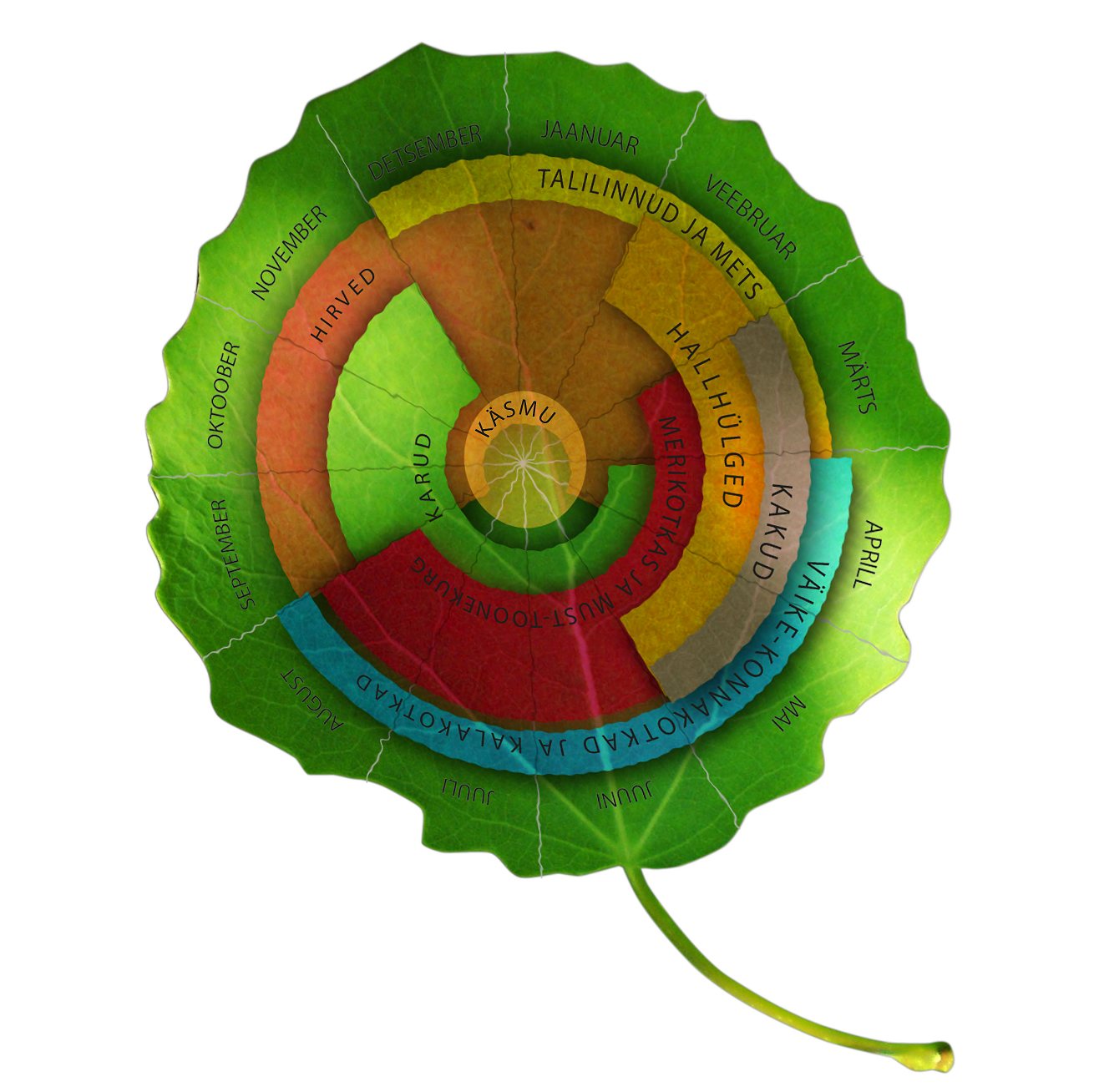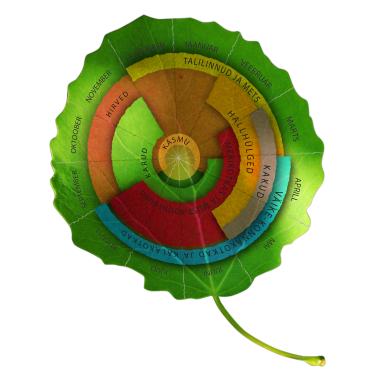Nature is gradually starting to turn yellow. Not only birch leaves and harvested grain fields, but a powerful plant with yellow flowers is now in bloom - tansy.
You find it just about everywhere: roadsides, seasides, and right now there are masses of it on the idle fields around the Estonian National Museum (Eesti Rahva Muuseum).
Seen from a distance, this plant may not look very attractive right now, as its leaves, which remind us of mountain ash, are somewhat wilted because of the drought. But when we squat down beside the almost metre-tall plant, we can truly fall in love with it. Its golden bloom-tufts look like golden berries and remind us of tiny chrysanthemums. During the day they shine like little suns, and they look golden even at night, visible from far away like umbelliferous caladiums.
But the easiest way to recognize the tansy is by its smell. Just rub its leaves between your palms - doesn’t it smell good? Just because of that smell did the Swedish boy scouts in the old days add young tansy leaves to their pancake mix. But even if it’s well known, that tansy plants contain a lot of ascorbic acid, we don’t think it advisable to give pansy tea to children under 15 years of age. Because despite of all its virtues, this plant can also be poisonous when wrongly dosed.
The same slightly poisonous substance, that will cause only slight diarrhea in humans, is deadly poisonous for parasitic worms in human intestines. In the old days it was the most useful remedy for getting rid of pinworms.
In Estonian, the direct translation for tansy would be “gut medicine”, because in the old days, this herb was not only used for getting rid of pinworms, it was also used as medicine for other intestinal ills. It also has another name that could translate as “hard stem”, because its stalks turn so wooden by late fall, that even heavy winter snow does not manage to press them down. Quite often we can find a willow warbler nest in a tansy shrub.
This field flower is not well liked in Estonia, but in Russia it is very well thought of as a medicinal herb and it is believed to help even against herpes and allergies.
If you ever plan to use this plant as a medicinal herb, first be sure to get advice from some knowledgeable person or specialist in herbal medicine.
However, they are truly lovely for picking and placing in a vase on a table.






